Overview
The 2-Channel Relay Module is a compact and reliable relay interface that lets microcontrollers switch higher-voltage or higher-current AC and DC loads. Designed for makers, engineers, and integrators, this board provides two independent SPDT relays, clear visual status indicators, and flexible trigger and isolation options.
Key Features
- Two independent SPDT relays with COM, NO, and NC screw terminals for secure connections
- Typical switching capacity: up to 10A at 250VAC or 30VDC per channel (verify product label/spec sheet for absolute ratings)
- Works with 3.3V and 5V logic (Arduino, Raspberry Pi, ESP32, STM32 and similar controllers)
- Onboard LEDs show relay status for quick troubleshooting and monitoring
- Selectable low-level or high-level trigger modes and an opto-isolation jumper to separate the control and load sides
- Driver circuitry includes flyback diodes to protect the module and the controlling MCU from voltage spikes
Specifications
- Relay type: Electromechanical SPDT (Form C)
- Contact rating: Typical 10A @ 250VAC / 30VDC per channel (check label/spec sheet before use)
- Control voltage: 3.3V / 5V logic compatible
- Trigger modes: Low-level trigger or high-level trigger (jumper selectable)
- Isolation: Optional opto-isolation jumper to reduce noise and increase MCU protection
- Connectors: Screw terminals for load wiring; pin header for control signals
- Indicators: Individual LED for each relay
Technical Benefits
- True galvanic isolation for switched loads using mechanical relay contacts
- Optional opto-isolation lowers risk of noise or transients affecting your microcontroller
- Sturdy screw terminals and compact PCB make the module easy to mount inside enclosures or panels
- Flyback protection on drivers increases long-term reliability when switching inductive loads
Wiring, Trigger Modes, and Best Practices
Wiring
- Use the COM, NO, and NC screw terminals to connect mains or DC loads. Confirm wiring with the relay labels before applying power.
- Keep high-voltage wiring separate from control wiring and route wires to minimize electromagnetic interference.
Trigger Modes and Opto Isolation
- Low-level trigger: Activate the relay by pulling the input low. Useful for some microcontroller boards and logic configurations.
- High-level trigger: Activate the relay by driving the input high. Works with standard TTL/CMOS outputs.
- Opto-isolation jumper: Place the jumper to disable direct connection between the relay power and the control side when you want isolated control signals to protect sensitive MCUs.
Safety and Handling
- Verify that the load current and voltage do not exceed the relay ratings. For high current or inductive mains loads, consider a higher-rated relay or contactor and an appropriate snubber.
- Always follow local electrical codes when switching mains voltages. Insulate exposed terminals and mount the module in a suitable enclosure.
- Disconnect power before wiring and use proper personal protective equipment when working with mains voltage.
Use Cases
- Home automation: control lighting, fans, pumps, and small appliances
- IoT projects: remotely switch power to sensors, valves, heaters, or pumps
- Robotics and automation: manage motor power, actuators, and auxiliary systems
- Industrial control and prototyping: interface controllers or PLCs with higher-power devices safely
What’s in the Box
- 1 x 2-Channel Relay Module
- Soldered pin header (standard) or removable header depending on stock
- Documentation and wiring examples available online
Quick Integration Tips
- Test your setup on a low-voltage load before connecting mains devices.
- Use the opto-isolation jumper when controlling the module from sensitive microcontrollers to reduce noise and protect the MCU.
- For inductive loads, add appropriate suppression (snubber, RC network, or TVS diodes) as needed to increase relay life.
FAQ
- Can I drive this module directly from a Raspberry Pi? Yes. The module supports 3.3V logic, but enable opto-isolation and verify trigger mode when connecting to the Pi.
- Are the relays rated for mains voltage? Typical relays on this module are rated up to 10A @ 250VAC. Always verify the specific product label or datasheet and follow safety practices when switching mains.
- What if I need more than 10A? For higher current loads, use an external contactor or a higher-rated relay module designed for your application.
With a balance of safety features, compatibility, and ease of use, the 2-Channel Relay Module is an efficient solution to add reliable, isolated switching to your electronics and automation projects.

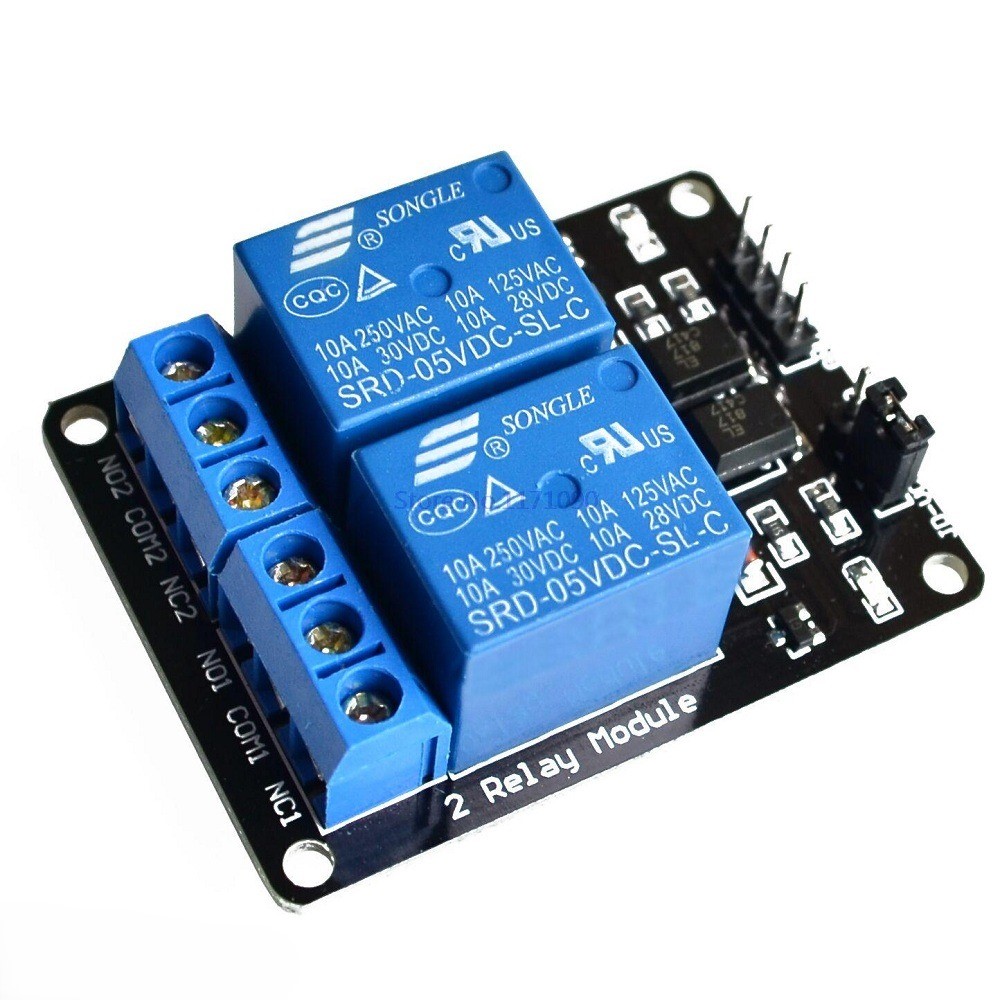
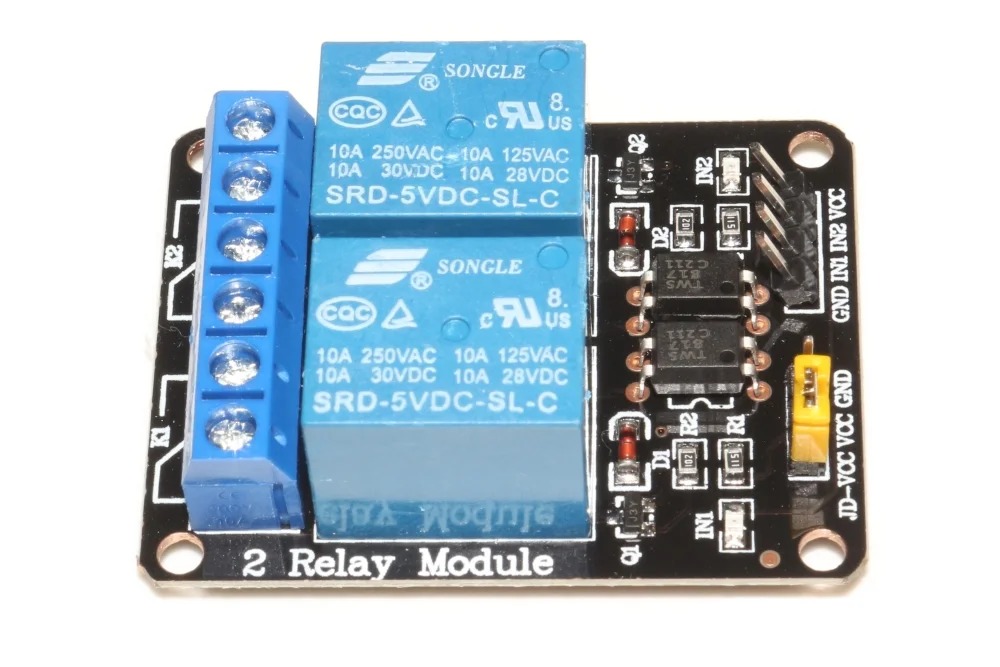
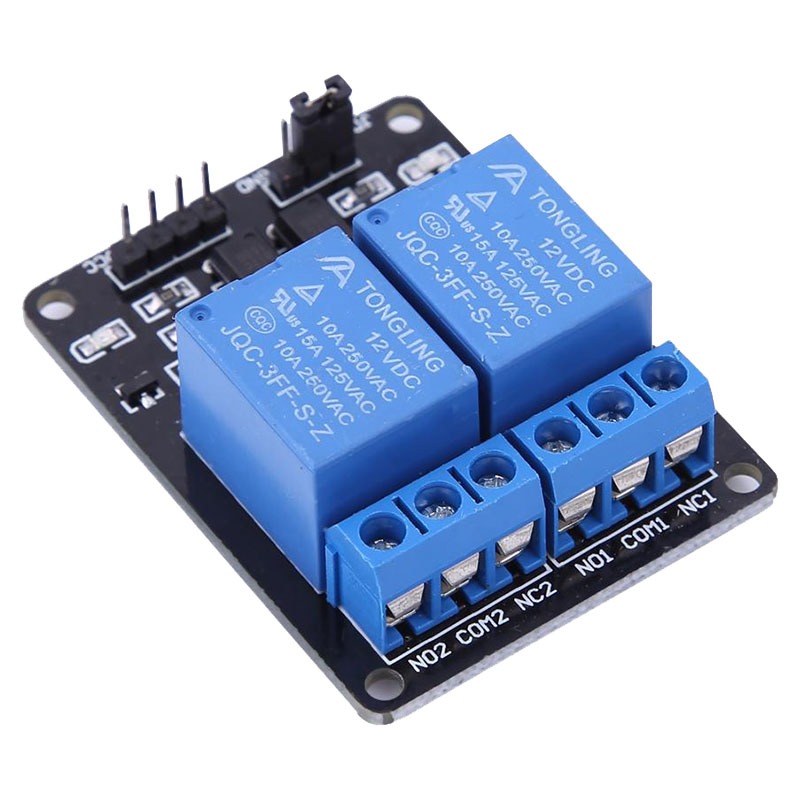


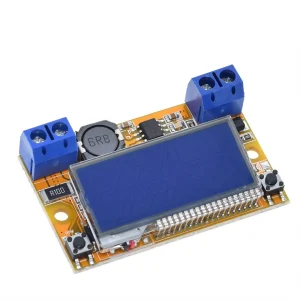
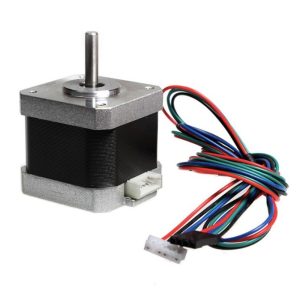

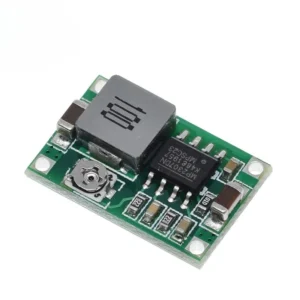
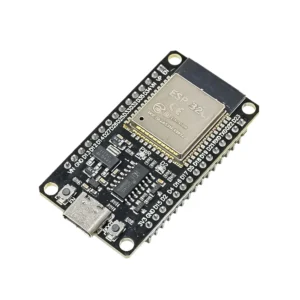
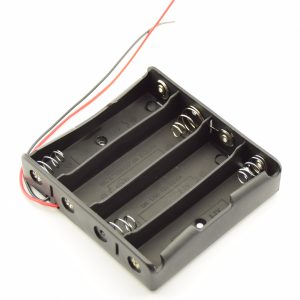
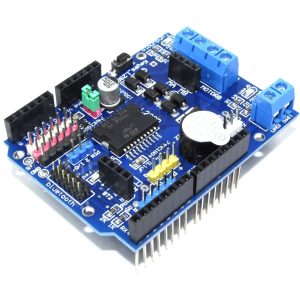
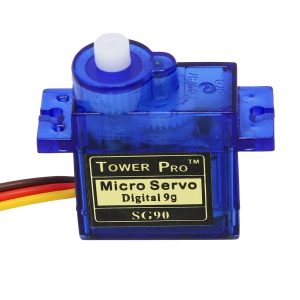
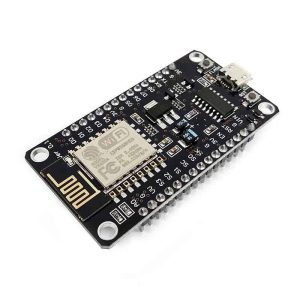

There are no reviews yet.